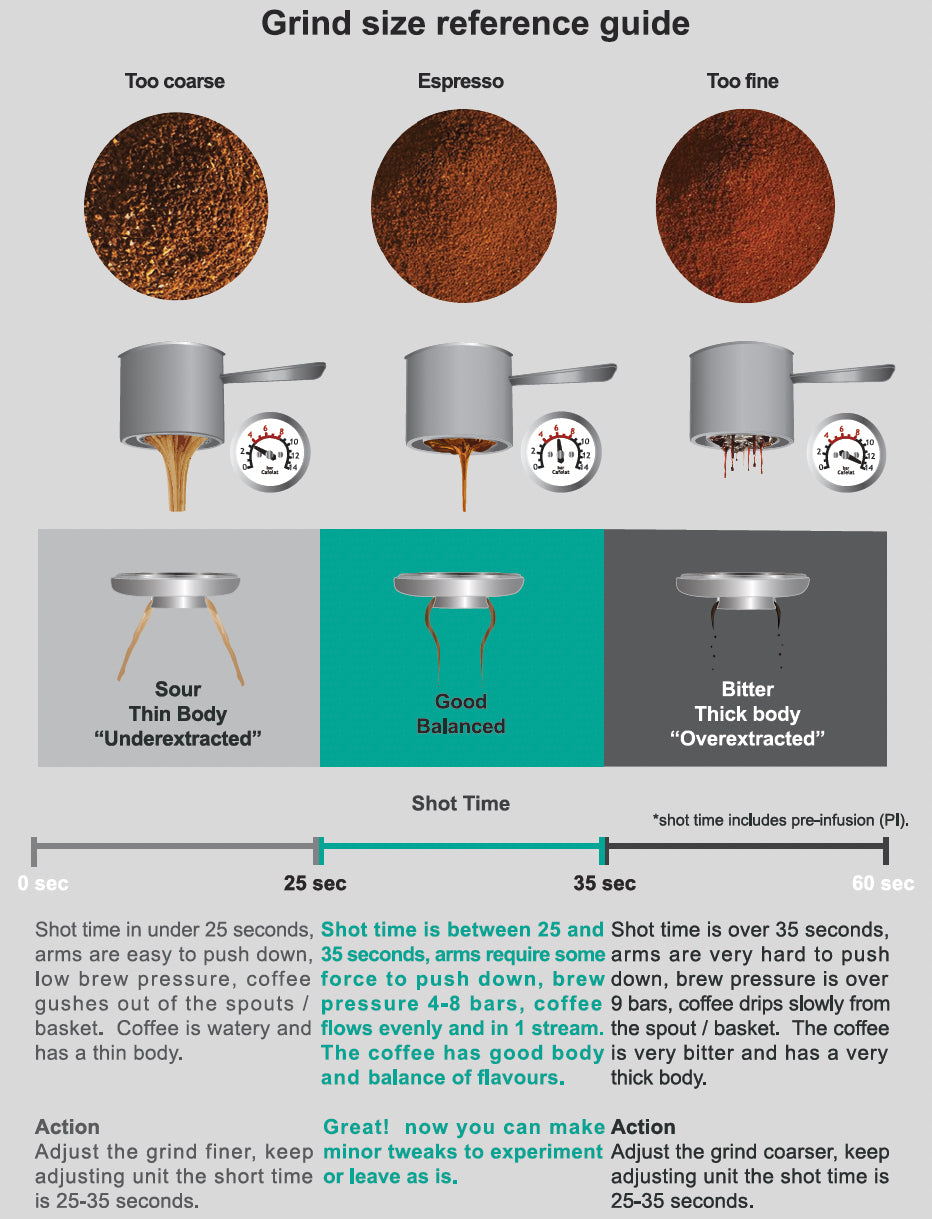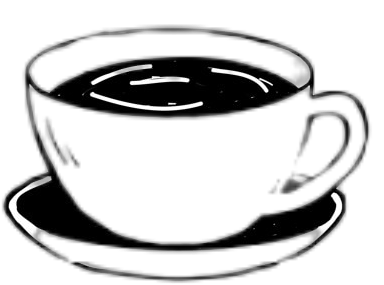Crafting the perfect espresso is a delicate art, and one of the most critical elements of this process is timing the extraction. I remember when I first started making espresso, I didn’t fully understand how important timing was. Over time, I learned that it’s not just about pressing a button on the machine—it’s about understanding the balance between time, grind size, and flavor. In this guide, I’ll walk you through how to time espresso extraction so you can elevate your coffee game.

Why Timing Espresso Extraction Matters
When it comes to brewing espresso, timing is everything. It’s the secret ingredient that can transform a shot from bitter to balanced or from weak to robust. Timing espresso extraction means tracking how long it takes for water to pass through the coffee grounds to create your shot.
Ideally, this process takes between 25 to 30 seconds, but there’s more to it than just hitting a stopwatch. If your espresso is running too fast or too slow, adjusting your grind size and dose is key. Machines like the Philips LatteGo 5400 offer automatic adjustments, making it easier for beginners to get the timing just right.
How to Time Espresso Extraction Correctly
Getting the timing right requires a combination of preparation, technique, and practice. Here’s how to time espresso extraction like a pro:
- Measure Your Coffee Dose
Before timing anything, you need to ensure you’re using the correct dose of coffee. Most baristas recommend starting with 18-20 grams of ground coffee for a double shot. Consistency is key, so always use a scale to weigh your coffee. - Adjust Your Grind Size
The grind size directly affects extraction time. A finer grind will slow down the flow of water, while a coarser grind speeds it up. Machines like the Philips 3200 LatteGo come with pre-set grind adjustments, making it easy to tweak settings for better extraction timing. - Tamp with Consistency
Even tamping ensures the water flows evenly through the coffee. Uneven pressure can lead to uneven extraction, affecting both flavor and timing. - Start Timing the Moment You Hit Brew
Timing begins as soon as you start the machine. Use a digital timer or the built-in timer on your espresso machine. Some automatic machines, like the DeLonghi Magnifica Evo, feature built-in timers and smart extraction control to maintain consistency. - Stop the Timer When the Espresso Reaches Your Desired Yield
For a standard double shot, aim for 30-40 grams of liquid espresso. Once you reach this yield, stop the timer.
Common Mistakes When Timing Espresso Extraction
While timing espresso extraction may seem straightforward, it’s easy to make mistakes. Here are some pitfalls I’ve encountered—and how to avoid them.
Over-Extraction
If your shot takes longer than 30 seconds, it might taste bitter or burnt. This is often due to using a grind size that’s too fine or tamping too firmly.
Under-Extraction
On the other hand, if your shot pulls in under 20 seconds, it may taste sour or watery. Adjusting to a finer grind can help slow down the flow for a more balanced shot.
Not Timing Consistently
I’ve been guilty of forgetting to start my timer on occasion, leading to inconsistent results. Make it a habit to time every shot so you can identify patterns and make precise adjustments. Machines like the Philips 4300 LatteGo help by offering automatic timing adjustments.
Tools to Help Time Espresso Extraction
If you’re serious about learning how to time espresso extraction, investing in the right tools can make all the difference. Here are a few essentials:
- Precision Scale: A scale helps you measure both your coffee dose and your espresso yield with accuracy.
- Digital Timer: While many machines have built-in timers, a separate timer can be a great backup.
- Grinder with Stepless Adjustment: This type of grinder allows for fine-tuned control over grind size, which is crucial for dialing in your shot timing.
For those who prefer convenience and automation, the DeLonghi Magnifica S offers pre-set espresso shot timing with an automatic grind and tamp system.
How to Use Timing to Perfect Espresso Flavor
Timing isn’t just about achieving the right numbers—it’s about unlocking the best flavors in your coffee. Let me share a few examples:
Shorter Extraction Times
If you prefer a brighter, more acidic shot, aim for a slightly shorter extraction time of around 20-25 seconds. This highlights the fruity and floral notes in your coffee.
Longer Extraction Times
For a bolder, more chocolatey profile, experiment with slightly longer times—closer to 30 seconds. Just be careful not to over-extract.
Experiment with Ratios
While the standard brew ratio is 1:2 (coffee dose to espresso yield), don’t be afraid to experiment. Machines like the Philips LatteGo 5400 allow for customizable brew ratios, making it easy to fine-tune your extraction time and flavor balance.
Troubleshooting Espresso Extraction Timing
Sometimes, even when you do everything right, the timing might still be off. Here’s how to troubleshoot common issues:
- The Shot Runs Too Fast
- Check your grind size; it might be too coarse.
- Increase your coffee dose slightly.
- Make sure you’re tamping firmly and evenly.
- The Shot Takes Too Long
- Try a coarser grind size.
- Decrease your coffee dose slightly.
- Check for clogs in your portafilter or machine.
- Inconsistent Timing
- Clean your grinder to ensure uniform grind particles.
- Always use fresh coffee beans, as stale beans can affect flow rate.
Practice Makes Perfect: My Own Journey with Timing Espresso Extraction
I still remember the first time I pulled an espresso shot that was perfectly timed—it was a game-changer. The shot was rich, balanced, and full of flavor. But getting there wasn’t easy. It took weeks of practice, adjusting my grinder, and experimenting with different beans. The key is to stay patient and take notes on your results.
Whenever I try a new bag of coffee, I dedicate the first few shots to dialing in the timing. I note how the grind size, dose, and tamping affect the extraction time and flavor. This process helps me understand the coffee better and consistently pull great shots.

Final Thoughts on How to Time Espresso Extraction
Timing espresso extraction isn’t just a technical step—it’s an art form. By mastering this skill, you can unlock the full potential of your coffee and consistently enjoy café-quality espresso at home.
Whether you’re using a manual espresso machine or a fully automatic system like the DeLonghi Magnifica Evo, understanding how extraction time affects flavor will help you fine-tune your shots to perfection.
Remember, perfection takes practice. Experiment with different techniques, learn from your mistakes, and soon you’ll find yourself pulling beautifully timed shots with confidence. So grab your scale, set your timer, and start perfecting the art of espresso extraction.
Frequently Asked Questions About How to Time Espresso Extraction
Q: How long should an espresso extraction take?
A: Ideally, an espresso extraction should take between 25 to 30 seconds. However, this can vary slightly depending on the coffee beans, grind size, and personal flavor preferences.
Q: Why is my espresso extraction too fast?
A: If your espresso is extracting too quickly, it’s likely due to a grind size that’s too coarse, an insufficient coffee dose, or uneven tamping. Adjust these factors to slow down the flow.
Q: What happens if the extraction takes too long?
A: Over-extraction can occur, resulting in a bitter or burnt-tasting espresso. This is often caused by a grind size that’s too fine, an overly high coffee dose, or too much tamping pressure.
Q: When should I start timing my espresso extraction?
A: Start timing the moment you begin the brewing process, either when you press the brew button or activate the lever on your espresso machine.
Q: What is the best coffee-to-water ratio for espresso?
A: The standard ratio is 1:2, meaning if you use 18 grams of coffee, aim for 36 grams of liquid espresso. However, you can adjust this ratio based on your flavor preferences.
Q: Do I need a special timer for espresso extraction?
A: While some espresso machines have built-in timers, a digital timer or smartphone stopwatch works just as well for tracking extraction time.
Q: How does grind size affect espresso extraction time?
A: Finer grinds slow down the extraction, leading to longer brew times and potentially more intense flavors. Coarser grinds result in faster extraction and lighter, brighter flavors.
Q: Can I fix an under-extracted espresso shot?
A: Unfortunately, you can’t "fix" an under-extracted shot once it’s brewed. However, you can adjust your grind size to be finer or use more coffee for your next attempt.
Q: How do I clean my espresso machine to ensure consistent timing?
A: Regularly clean your portafilter, group head, and grinder to prevent clogs and ensure a steady flow. A clean machine also contributes to better flavor.
Q: What tools do I need to time espresso extraction accurately?
A: A precision scale to measure coffee and yield, a digital timer, and a grinder with fine adjustments are essential tools for accurate timing and consistent results.
